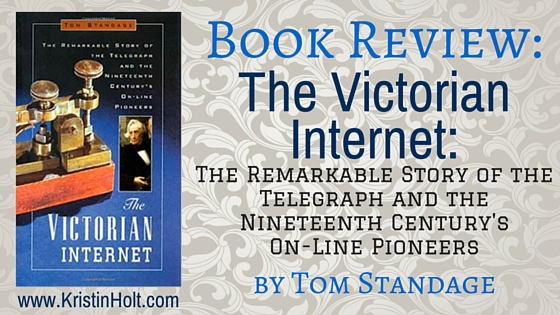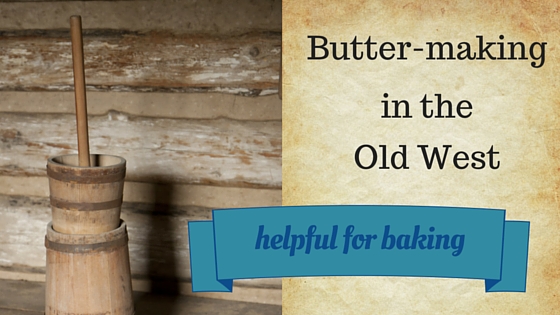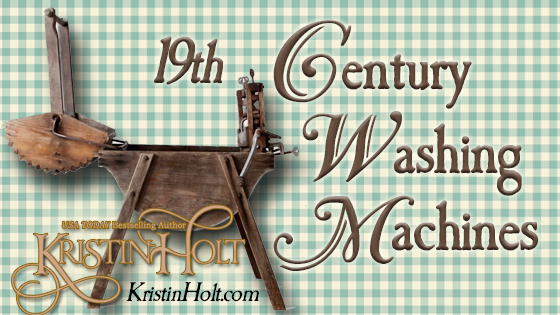
by Kristin Holt | Jun 17, 2016 | Articles
As an amateur historian, fascinated by all things Victorian and in anxious search of accurate information about the telegraph in the United States, I found Standage’s book to be informative, concise, humorous, entertaining, an easy read, and exactly what I was looking for. I understand more now about how the antiquated–and yet highly innovative–Victorian technology actually worked than I could have imagined. Standage addressed everything from the various men at work (often unaware of one another) to create the means of sending rapid messages over a great distance to the consequences on warfare and other news of the day. He addressed the employees of both genders, romances that flourished as a result of time spent together ‘online’, and the challenges eventually conquered in laying the Transatlantic Cable. 5 STARS!

by Kristin Holt | Jan 14, 2016 | Articles
Were pencils common in Old West households? How early were pencils invented?
Would you be surprised to learn mechanical pencils were invented and in vogue mid-nineteenth century?

by Kristin Holt | Oct 26, 2015 | Articles
Old West homemakers churned their own butter as part of a time-intensive process. Churning butter depends upon much more than simply agitating cream–temperature matters. Can you imagine trying to churn butter on a bitterly cold day or in the heat of the summer when the process depended upon a narrow range of temperatures?

by Kristin Holt | Oct 19, 2015 | Articles
At the Centennial Exhibition in Philadelphia, Pennsylvania, Charles Louis Fleishmann offered pieces of freshly baked bread made with the world’s very first commercially prepared yeast from an exhibit modeled after a Vienna Bakery. An increase demand for Fleischmann’s yeast soon followed, bringing about the building of Fleischmann plants in New York. In this article, I share five key concepts about 19th century bread baking that stood out as surprising key concepts–and I’m a bread baker…so finding myself caught off guard by such research was really something.

by Kristin Holt | Jul 19, 2015 | Articles
Laundry was a greater challenge– and more work– than most amateur historians comprehend. Even when methods gave way from a washboard to a washing machine, the amount of physical labor required was nothing simple. Manual washing machines didn’t become available until quite late in the frontier era– after the Transcontinental Railroad went through. The washing machine was first available to order through a catalog in the late 1880’s.













